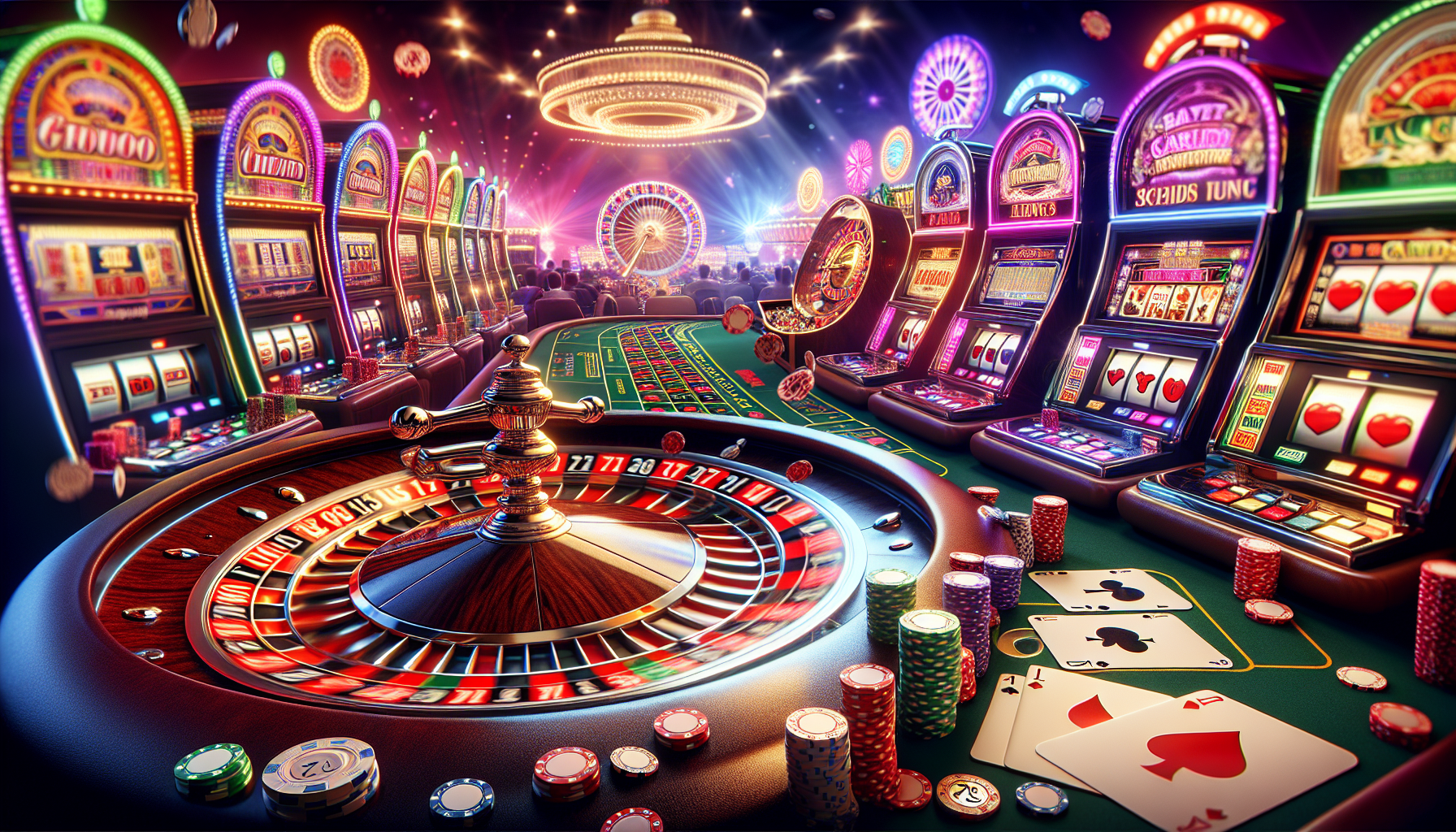Portrait paintings have held a significant direct in the earth of art for centuries, service of process as a means of capturing not just the likeness but the essence of individuals. From the purple portraits of monarchs to the suggest representations of unremarkable populate, portraiture has been a tool of self-expression, sociable comment, and real documentation. These paintings are often seen as Windows into the past, offer sixth sense into the appreciation, profession, and personal lives of the subjects, as well as the societies in which they lived.
The origins of portrait picture can be traced back to antediluvian civilizations, where the want to save the retentivity of powerful figures was of of import grandness. The antediluvian Egyptians, for example, created detailed wall paintings and sculptures to eternalize the pharaohs and other prominent individuals. However, it was during the Renaissance time period that portrait truly flourished, as artists wanted to perfect the art of capturing the human being form with new realism. Artists like Leonardo da Vinci and Raphael revolutionized portrait picture, delivery a new take down of , emotion, and anatomical reference accuracy to their work.
One of the most glorious aspects of portrayal picture is its power to convey personality and emotion. Unlike other forms of art, which may sharpen on landscapes, still life, or snarf concepts, portrait centers on the human submit, allowing the artist to search a straddle of expressions, poses, and backgrounds that shine the individuation of the someone being pictured. The use of dismount and shade off, tinge, and penning all contribute to the creation of a seeable narrative that can give tongue to a straddle of emotions, from joy and congratulate to grieve and .
The portraiture of mixer position and personal identity is another monumental view of portrayal painting. In many cultures, portraits were by the loaded and right as a substance of showcasing their importance and sociable standing. These paintings often represented individuals in work out wearable, encircled by voluptuary objects or chiliad settings, signal their wealth and put together in society. Such portraits served not only as personal records but also as symbols of authorization and influence. In this feel, portrait paintings became tools of superpowe, allowing the Willem de Sitter to assert their legacy and control over how they were remembered.
As portrait continued to evolve, so did its resolve and the way it was sensed. The rise of picture taking in the 19th led to a decline in orthodox portrayal painting, as photographs became a more convenient and available means of capturing likenesses. However, even with the advent of modern engineering, portrayal picture has not disappeared. Many coeval artists uphold to explore the literary genre, pushing the boundaries of orthodox techniques and experimenting with new mediums and styles. The Advent of integer art has further expanded the possibilities of portrait, with artists now able to intermingle engineering science and orthodox methods to create groundbreaking and unusual workings.
Today, portrait paintings continue to hold a special place in the art earth, both as historical artifacts and as contemporary workings of verbalism. They volunteer a glimpse into the lives of individuals from different time periods and discernment backgrounds, and they uphold to answer as right symbols of identity, emotion, and bequest. Whether in a thou museum or a private solicitation, portrayal portrait painting cue us of the enduring man desire to be seen, remembered, and implicit.




